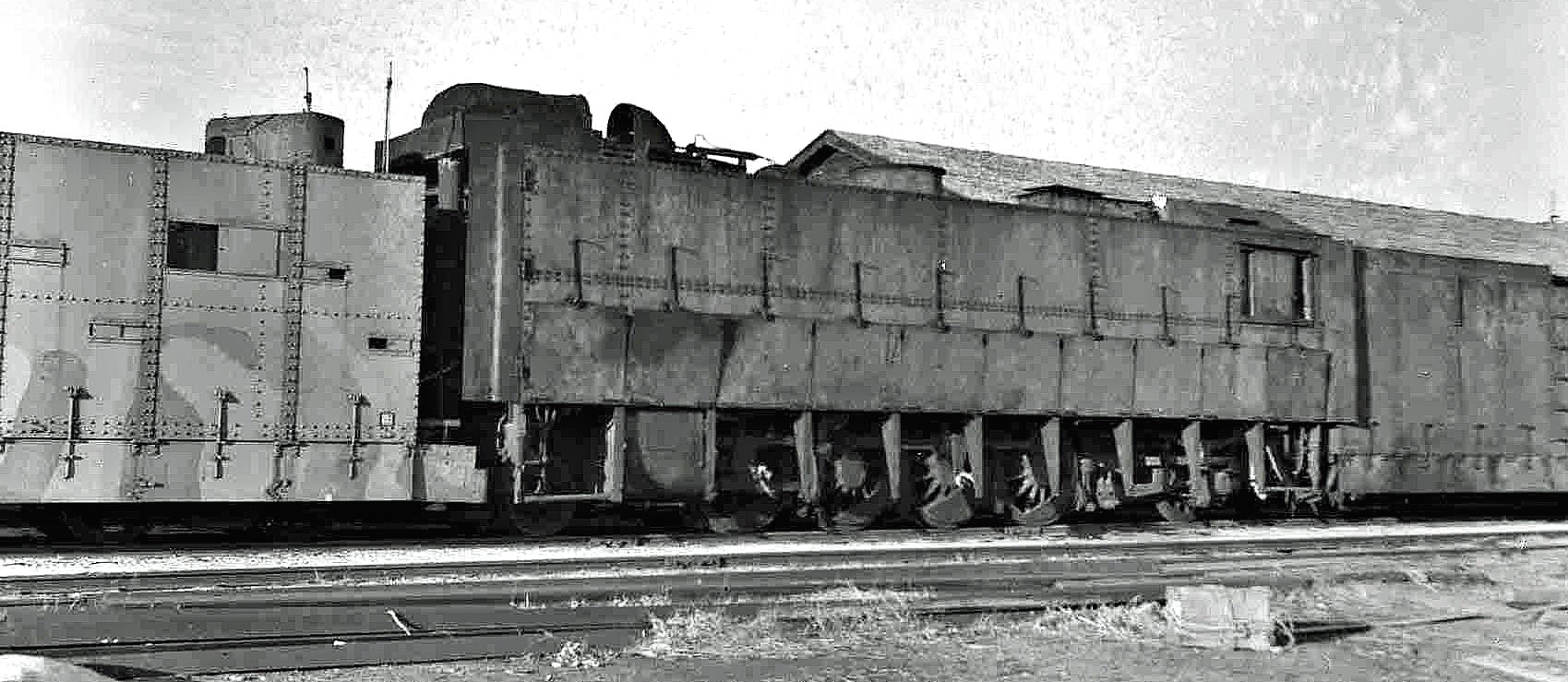Unveiling the Formidable Type 94 Armoured Train: A Mobile Fortress of WWII
In the annals of military history, the Type 94 Armoured Train stands as a testament to the ingenuity and innovation of wartime engineering. Constructed in 1934 and utilized by the Imperial Japanese Army forces during World War II, this formidable train was a symbol of power and resilience on the battlefield.

Originally comprising eight cars, the Type 94 Armoured Train was later augmented with an additional car, bringing its total length to nine. Stationed in Manchuria, it operated as part of the 1st Armoured Train Unit, poised to defend against enemy incursions and provide vital support during military operations.
What truly set the Type 94 Armoured Train apart was its impressive armament. Mounted atop its sturdy chassis were two Type 14 10 cm anti-aircraft guns and two Type 88 75 mm anti-aircraft guns. These formidable weapons transformed the train into a mobile fortress, capable of fending off aerial threats with remarkable efficiency.

During World War II, aerial superiority was a crucial aspect of warfare, and the Type 94 Armoured Train played a pivotal role in countering this threat. With its powerful anti-aircraft guns, it provided vital protection to ground forces and vital infrastructure, ensuring the integrity of Japanese military operations in the region.

Moreover, the Type 94 Armoured Train was not merely a defensive asset but also a potent offensive weapon. Its ability to traverse vast stretches of terrain while delivering heavy firepower made it a formidable adversary on the battlefield. Whether supporting ground offensives or repelling enemy air raids, the Type 94 Armoured Train was a force to be reckoned with.
Throughout the conflict, the Type 94 Armoured Train demonstrated the effectiveness of combining advanced weaponry with strategic mobility. Its presence instilled fear in enemy ranks and bolstered the morale of Japanese troops. As a symbol of Japanese military might, it symbolized the nation’s unwavering commitment to victory.

In conclusion, the Type 94 Armoured Train remains a remarkable example of wartime engineering and tactics. Its versatility, firepower, and mobility made it a vital asset for the Imperial Japanese Army during World War II. As we reflect on the tumultuous events of the past, the legacy of the Type 94 Armoured Train serves as a reminder of the resilience and ingenuity of those who fought on the front lines of history.





